Handwriting practice Normal Tracing Letters Worksheets for Ages 3-5
15 filtered results
-
From - To
Explore our "Handwriting Practice Normal Tracing Letters Worksheets" designed specifically for ages 3-5. These engaging worksheets help young learners enhance their fine motor skills and develop proper handwriting techniques. Each worksheet features fun, traceable letters, allowing children to practice uppercase and lowercase letters while improving their letter recognition. Perfect for homeschooling or classroom activities, our worksheets provide a structured way for kids to learn and gain confidence in their handwriting abilities. With colorful designs and engaging activities, these tracing sheets ensure that learning to write is enjoyable and effective. Start your child's handwriting journey today with our creative resources!


Uppercase Letters J, K, and L Worksheet
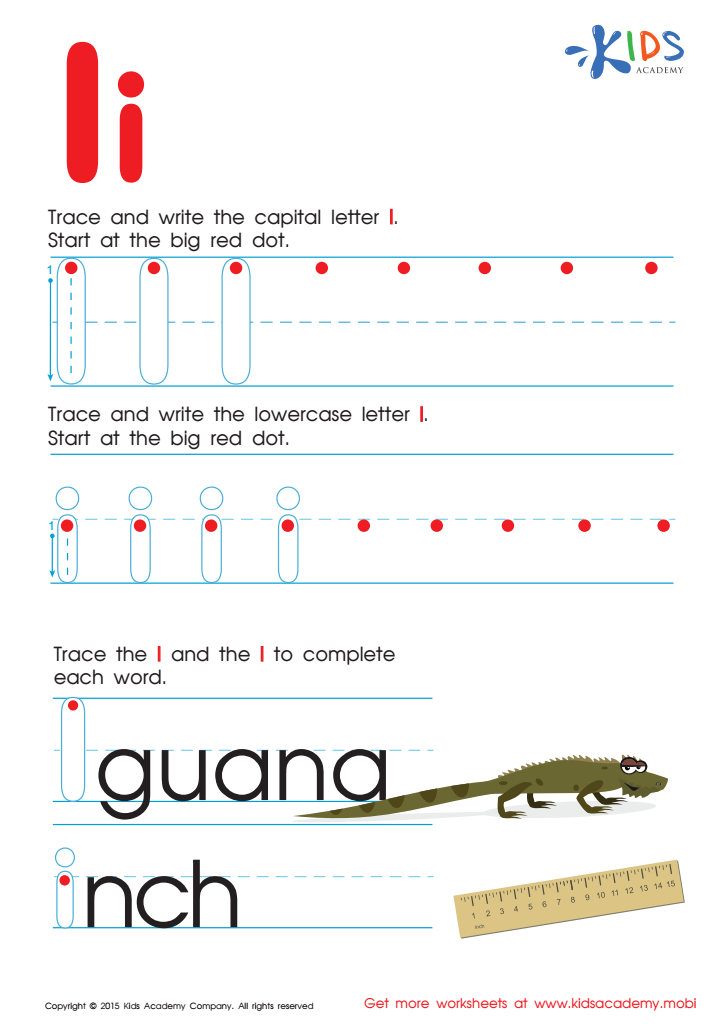

Letter I Tracing Page


Lowercase Letters y z Worksheet
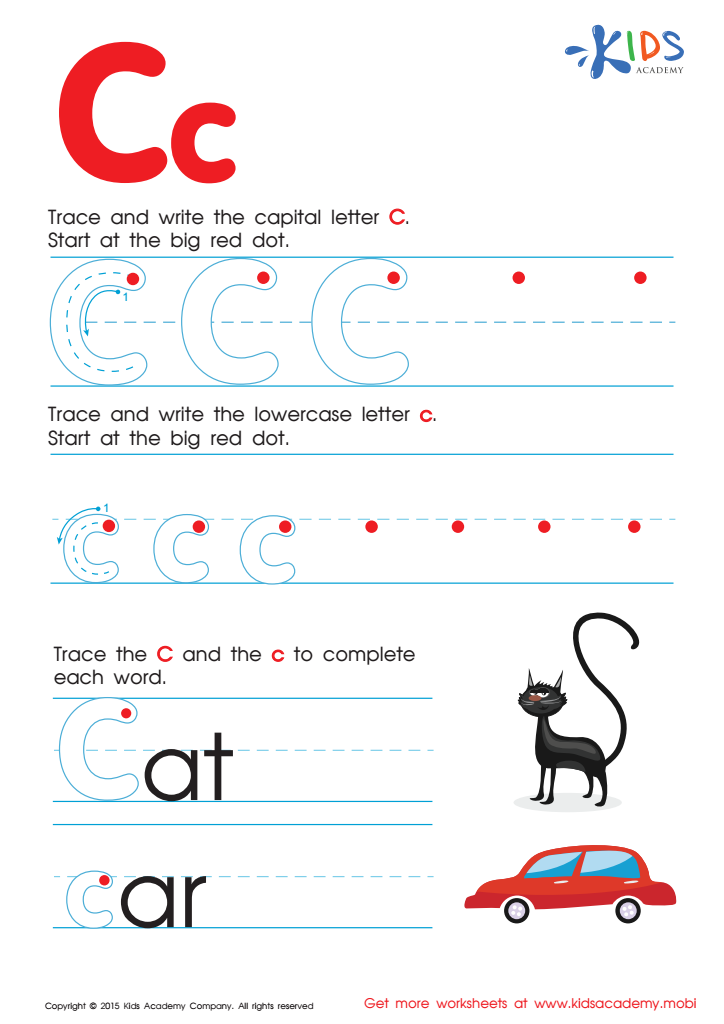

Letter C Tracing Page


Uppercase Letters G, H, and I Worksheet


Letter G Tracing Page


Letter E Tracing Worksheet
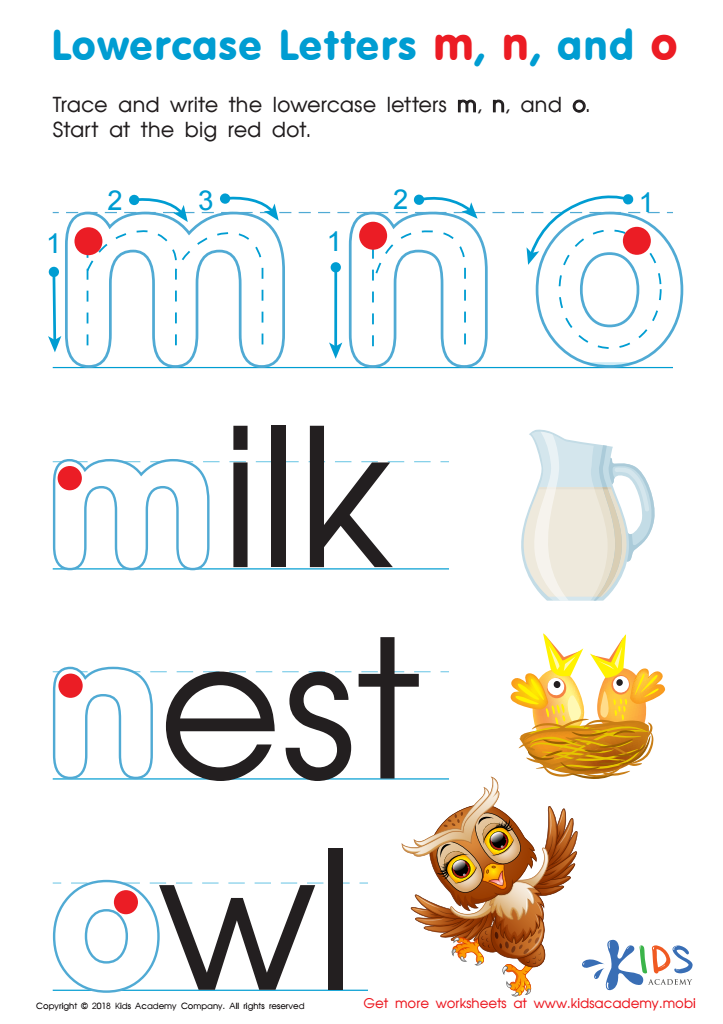

Lowercase Letters m n o Worksheet
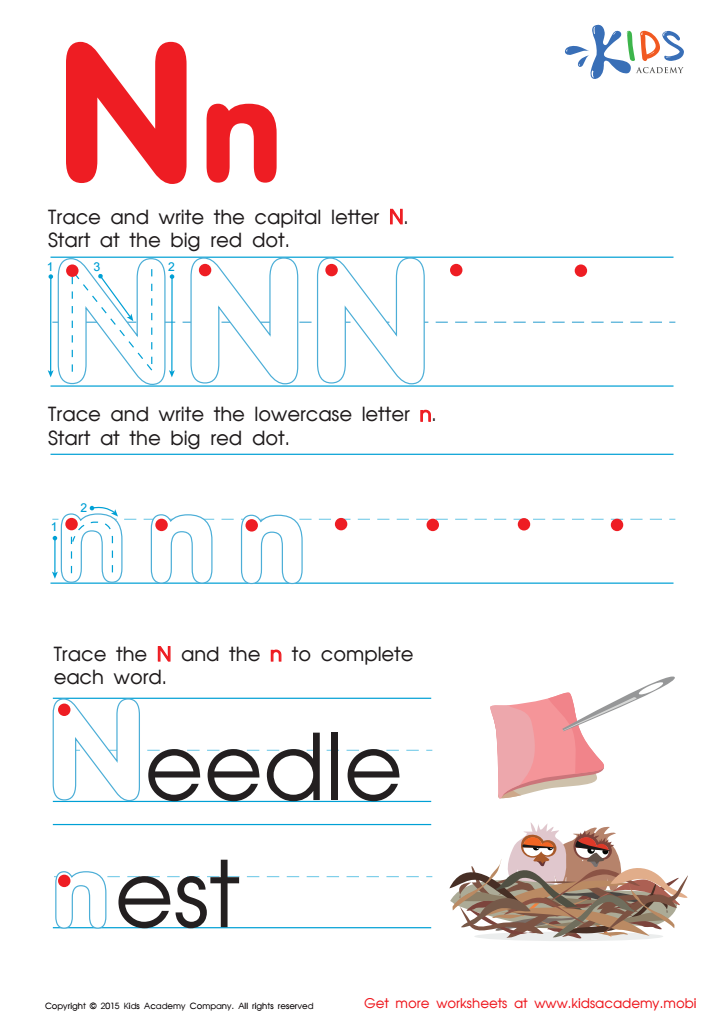

Letter N Tracing Page
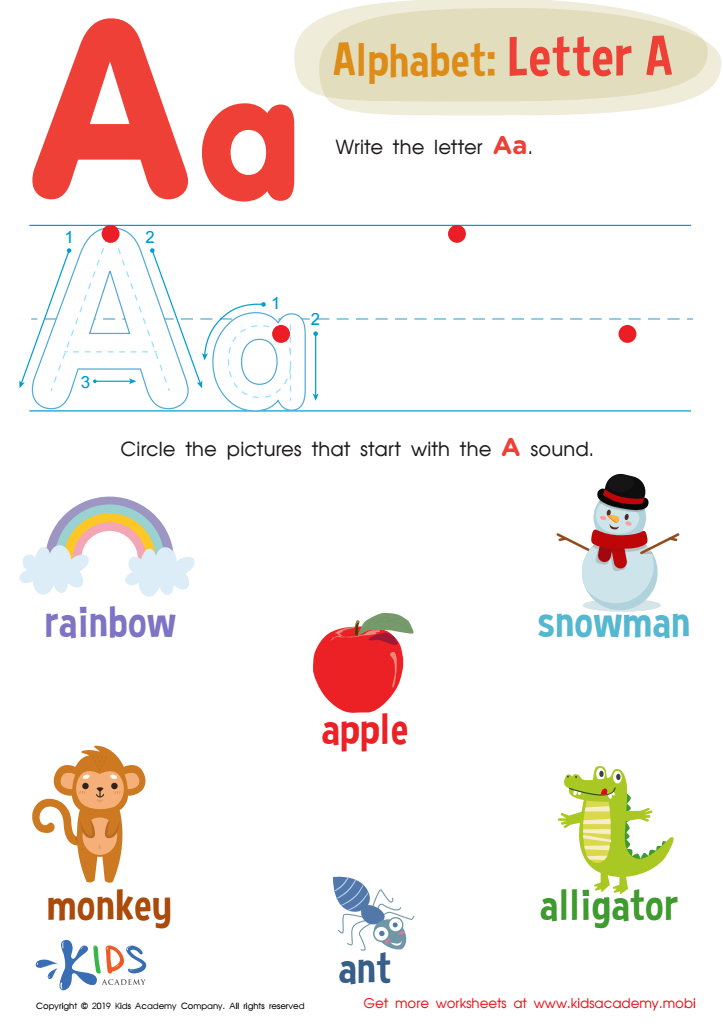

Letter A Tracing Worksheet
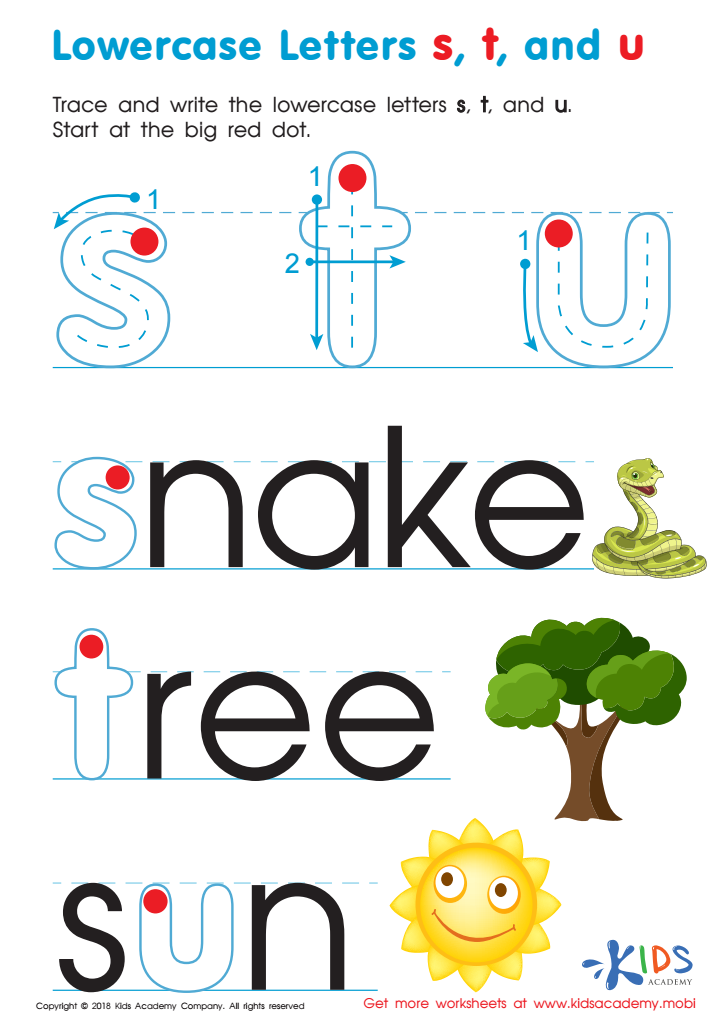

Lowercase Letters s t u Worksheet


Uppercase Letters D, E, and F Worksheet
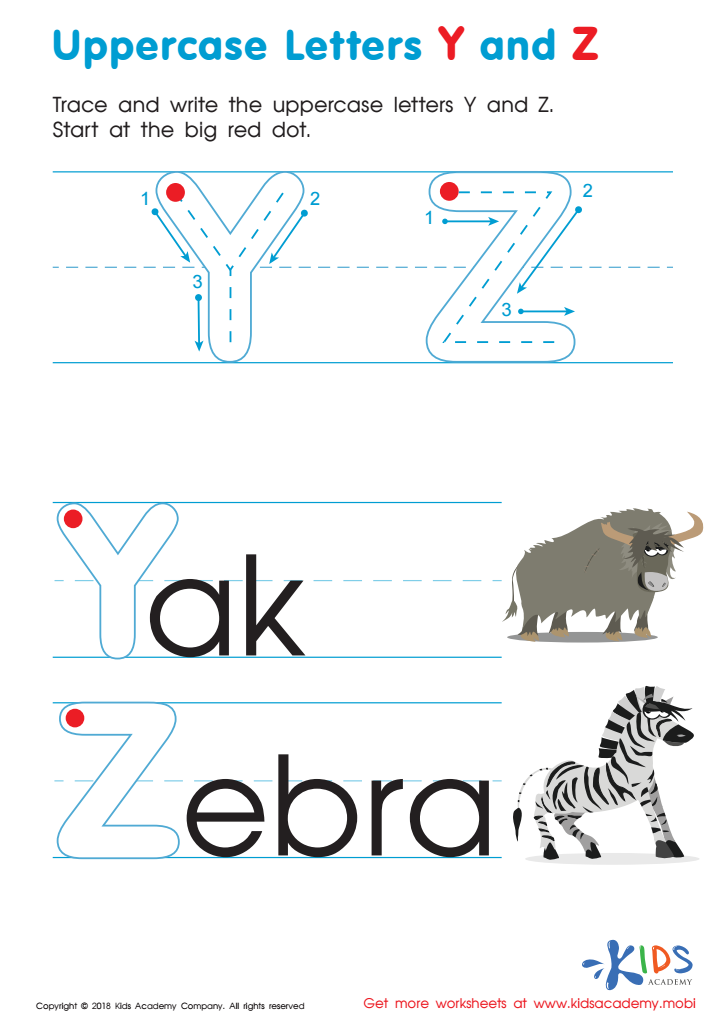

Uppercase Letters Y Z Worksheet
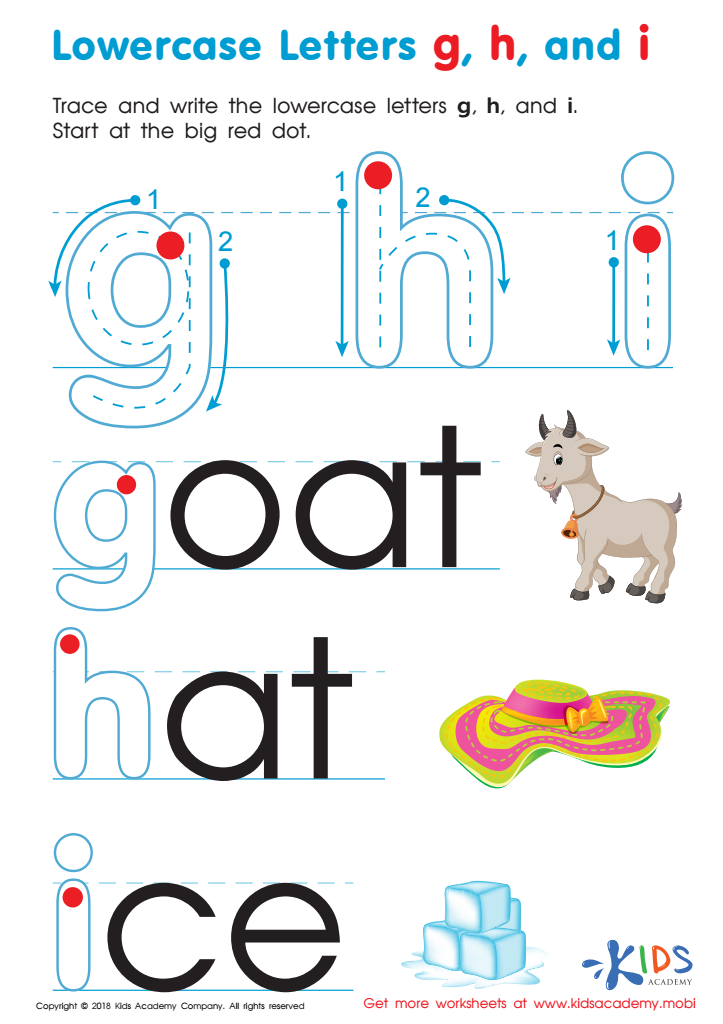

Lowercase Letters g h i Worksheet
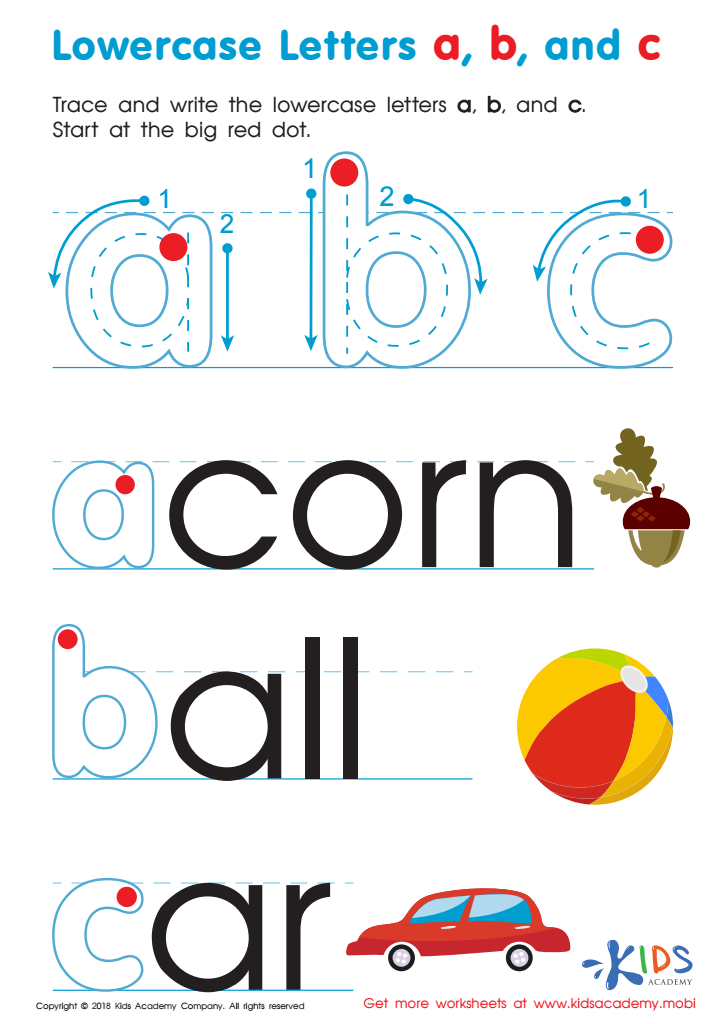

Lowercase Letters a b c Worksheet
Handwriting practice, specifically normal tracing letters for children ages 3-5, is crucial for several reasons, making it important for both parents and teachers to prioritize.
Firstly, this foundational skill supports cognitive development. Tracing letters helps young children strengthen fine motor skills, which are essential for tasks like holding a pencil and manipulating objects. As they trace, they develop hand-eye coordination and dexterity, paving the way for more complex writing tasks later on.
Secondly, early handwriting activities contribute significantly to literacy development. Learning to recognize letters and phonetic sounds are intertwined processes; tracing fosters familiarity with letter shapes and improves recall. This early exposure helps children with reading readiness as they learn to associate written letters with their corresponding sounds.
Moreover, engaging in handwriting practice instills a sense of discipline and focus. It encourages perseverance through repetition, laying the groundwork for a strong work ethic. This process also boosts self-esteem as children see tangible progress in their skills.
Finally, handwriting is a form of self-expression. As children learn to write their names and simple words, they gain a sense of identity and ownership over their written communication. For these reasons, incorporating tracing letters into daily routines can foster growth in multiple developmental areas.
 Assign to My Students
Assign to My Students





















